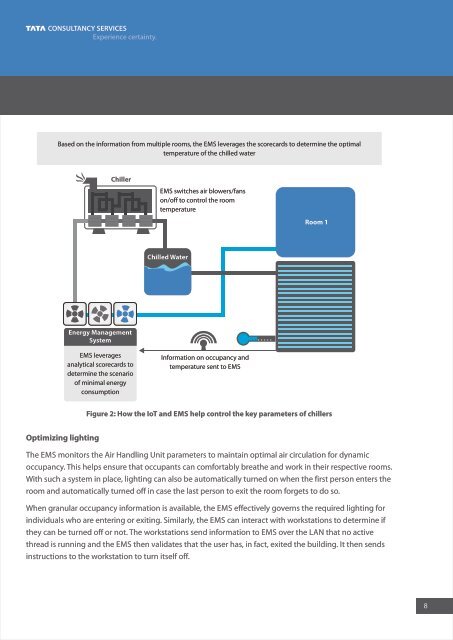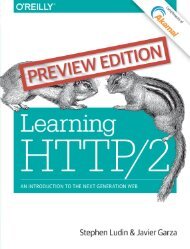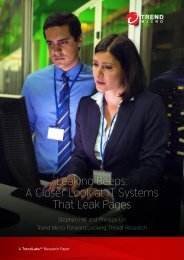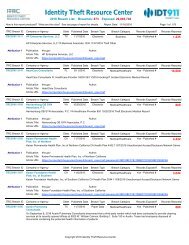Leveraging the Internet of Things and Analytics for Smart Energy Management
1UbH4b2
1UbH4b2
Create successful ePaper yourself
Turn your PDF publications into a flip-book with our unique Google optimized e-Paper software.
Based on <strong>the</strong> in<strong>for</strong>mation from multiple rooms, <strong>the</strong> EMS leverages <strong>the</strong> scorecards to determine <strong>the</strong> optimal<br />
temperature <strong>of</strong> <strong>the</strong> chilled water<br />
Chiller<br />
EMS switches air blowers/fans<br />
on/<strong>of</strong>f to control <strong>the</strong> room<br />
temperature<br />
Room 1<br />
Chilled Water<br />
<strong>Energy</strong> <strong>Management</strong><br />
System<br />
EMS leverages<br />
analytical scorecards to<br />
determine <strong>the</strong> scenario<br />
<strong>of</strong> minimal energy<br />
consumption<br />
In<strong>for</strong>mation on occupancy <strong>and</strong><br />
temperature sent to EMS<br />
Figure 2: How <strong>the</strong> IoT <strong>and</strong> EMS help control <strong>the</strong> key parameters <strong>of</strong> chillers<br />
Optimizing lighting<br />
The EMS monitors <strong>the</strong> Air H<strong>and</strong>ling Unit parameters to maintain optimal air circulation <strong>for</strong> dynamic<br />
occupancy. This helps ensure that occupants can com<strong>for</strong>tably brea<strong>the</strong> <strong>and</strong> work in <strong>the</strong>ir respective rooms.<br />
With such a system in place, lighting can also be automatically turned on when <strong>the</strong> first person enters <strong>the</strong><br />
room <strong>and</strong> automatically turned <strong>of</strong>f in case <strong>the</strong> last person to exit <strong>the</strong> room <strong>for</strong>gets to do so.<br />
When granular occupancy in<strong>for</strong>mation is available, <strong>the</strong> EMS effectively governs <strong>the</strong> required lighting <strong>for</strong><br />
individuals who are entering or exiting. Similarly, <strong>the</strong> EMS can interact with workstations to determine if<br />
<strong>the</strong>y can be turned <strong>of</strong>f or not. The workstations send in<strong>for</strong>mation to EMS over <strong>the</strong> LAN that no active<br />
thread is running <strong>and</strong> <strong>the</strong> EMS <strong>the</strong>n validates that <strong>the</strong> user has, in fact, exited <strong>the</strong> building. It <strong>the</strong>n sends<br />
instructions to <strong>the</strong> workstation to turn itself <strong>of</strong>f.<br />
8





